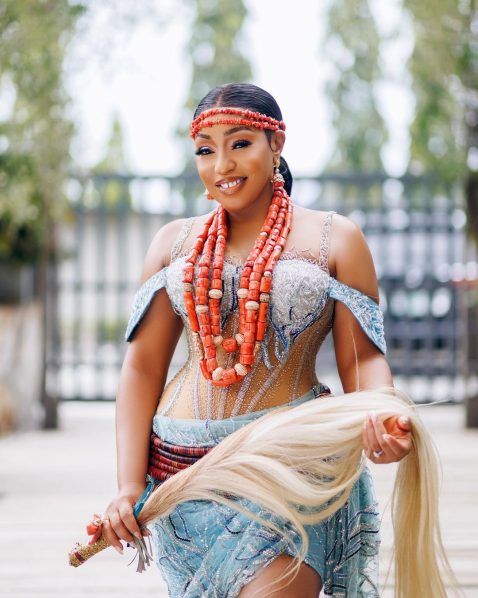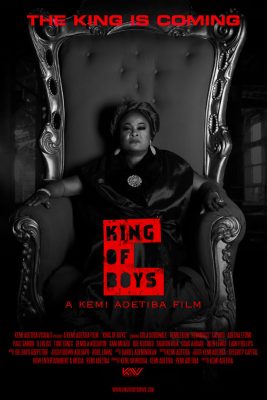
Deep under the sea, mother nature births corals known as the guardians of the sea.
Coral beads, also called Africa’s prized jewel, have been used for thousands of years until today. They are a staple fashion piece used by most brides during their traditional wedding. It may be the one time their necks are adorned with the bright orange strings as they show royalty.
How are coral beads sourced?
Unlike other stones that are formed by minerals, corals are sourced deep in the sea and grow in a colony. Basically coral beads are the hard skeletal remains of marine creatures called coral polyps. Corals are naturally dull in appearance but get their gloss and lustre when polished. When obtained from these coral polyps, they are used as beads, sculptures and carvings like flies and on brooches.
Although the orange corals are the most fond and sought after, corals are available in various colours such as white, grey, pink, orange, purple, scarlet and vermilion. It’s also in black and rarely in blue. The red colour corals are found in the Mediterranean Sea and it is the most valuable of all coral stones.
At the heydays of the first Millenium coral was highly prized because it was believed to be endowed with mysterious sacred properties. In Italy, coral stones were won by women with infertility problems believing in their healing powers and they are also used for protection from evil eyes.
In India, the red coral is a symbol of wealth given to its prized value by human society. So when next you grace your aura with strings of coral beads, know it’s beyond being adorned with beautiful, highly priced jewellery but a chain of positivity. Whereas in Russia and Poland, coral rings are considered a status symbol. In the Middle East, for the affluent people, it is traditional to produce “Tasbish”, the normal Islamic rosaries, in red coral.
Red corals, also called precious corals, are found only in tropical and subtropical saltwater environments. Such locations include Taiwan, the Malaysian coast. Canary Island, Hawai, the Coast of Australia, Italy (Sardinia) and Japan. However, the production of coral gems is dropping as it harms the sea.
The value of corals are instructed by the hue, size, their cuts, the weight, saturation and the artistic skills.
Dyeing and bleaching are some of the aspects used to enhance or alter a coral. Meaning that since dyed, it may fade off.
The use of corals began even before history could note. Corals were used not just to adorn the necks of women but also used as decorative elements with spiritual affiliations to weapons and helmets. And this is because of the protective power and the spiritual sentiments surrounding corals.
Corals were popular in the Victorian age and found by archaeologists at the burial sites of ancient Egypt’s prehistoric Europe. These were used by the Egyptians at burial tombs to protect against evil spirits of the after world, significantly as the thought that a drop of divine blood gave it the colour.
Similarly, the Benin people in Nigeria deeply bonded with coral beads and use it to bury an Oba.
They even take it further with a special ‘Ivie’ festival in celebration of the coral beads. This festival is believed to rejuvenate the spiritual powers of the beads given that they are of a marine source.
In Benin culture, if a bead is sent to a female, it implies that she is betrothed to the Oba when given to a man it means that man becomes a chief.
Generally called garden of the sea, in South Africa, it is called the African star. Symbolically, corals connotes modesty, immortality, wisdom, and happiness. With its spiritual abilities, corals are used to attract wealth, success, strengths and foresight.
With its dropping production how would you know if your coral beads are dyed? A simple turmeric tests will tell. Using tumeric to rub on the coral, if the turmeric colour seems to come out or absorb a red mark after the rub, what do you think?
[ad unit=2]








